Geoffrey Z. Thompson
Quantitative Matching of Forensic Evidence Fragments Utilizing 3D Microscopy Analysis of Fracture Surface Replicas
Sep 24, 2021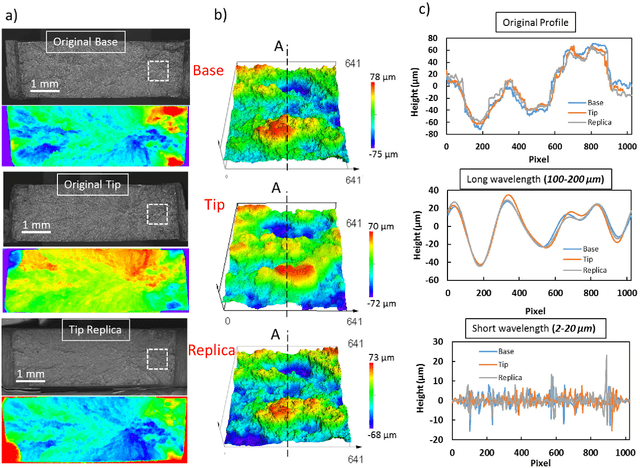
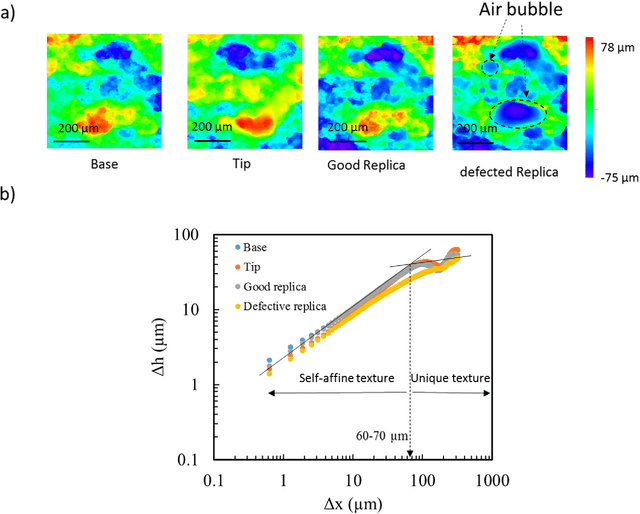
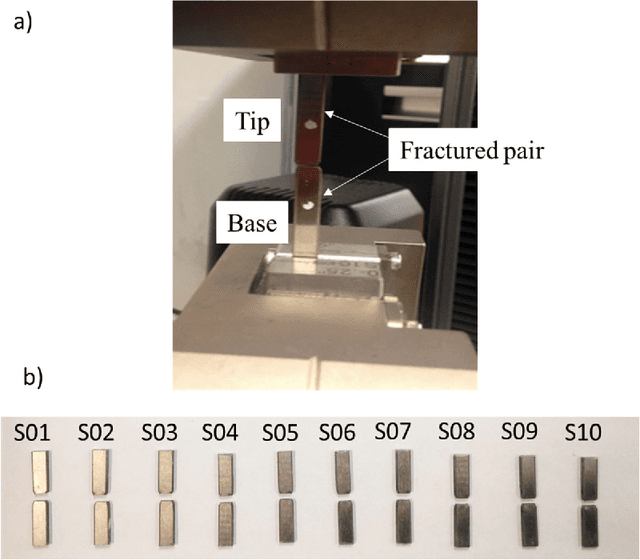

Abstract:Fractured surfaces carry unique details that can provide an accurate quantitative comparison to support comparative forensic analysis of those fractured surfaces. In this study, a statistical analysis comparison protocol was applied to a set of 3D topological images of fractured surface pairs and their replicas to provide confidence in the quantitative statistical comparison between fractured items and their replicas. A set of 10 fractured stainless steel samples was fractured from the same metal rod under controlled conditions and were cast using a standard forensic casting technique. Six 3D topological maps with 50% overlap were acquired for each fractured pair. Spectral analysis was utilized to identify the correlation between topological surface features at different length scales of the surface topology. We selected two frequency bands over the critical wavelength (which is greater than two-grain diameters) for statistical comparison. Our statistical model utilized a matrix-variate-$t$ distribution that accounts for the image-overlap to model the match and non-match population densities. A decision rule was developed to identify the probability of matched and unmatched pairs of surfaces. The proposed methodology correctly classified the fractured steel surfaces and their replicas with a posterior probability of match exceeding 99.96%. Moreover, the replication technique shows the potential to accurately replicate fracture surface topological details with a wavelength greater than 20$\mu$m, which far exceeds the range for comparison of most metallic alloys of 50-200$\mu$m. The developed framework establishes the basis of forensic comparison of fractured articles and their replicas while providing a reliable quantitative statistical forensic comparison, utilizing fracture mechanics-based analysis of the fracture surface topology.
CatSIM: A Categorical Image Similarity Metric
Apr 20, 2020

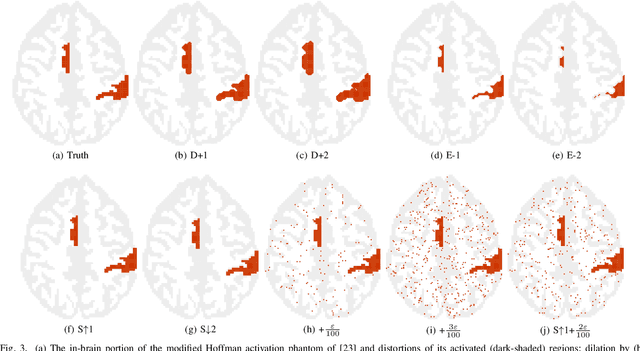

Abstract:We introduce CatSIM, a new similarity metric for binary and multinary two- and three-dimensional images and volumes. CatSIM uses a structural similarity image quality paradigm and is robust to small perturbations in location so that structures in similar, but not entirely overlapping, regions of two images are rated higher than using simple matching. The metric can also compare arbitrary regions inside images. CatSIM is evaluated on artificial data sets, image quality assessment surveys and two imaging applications
Classification with the matrix-variate-$t$ distribution
Jul 22, 2019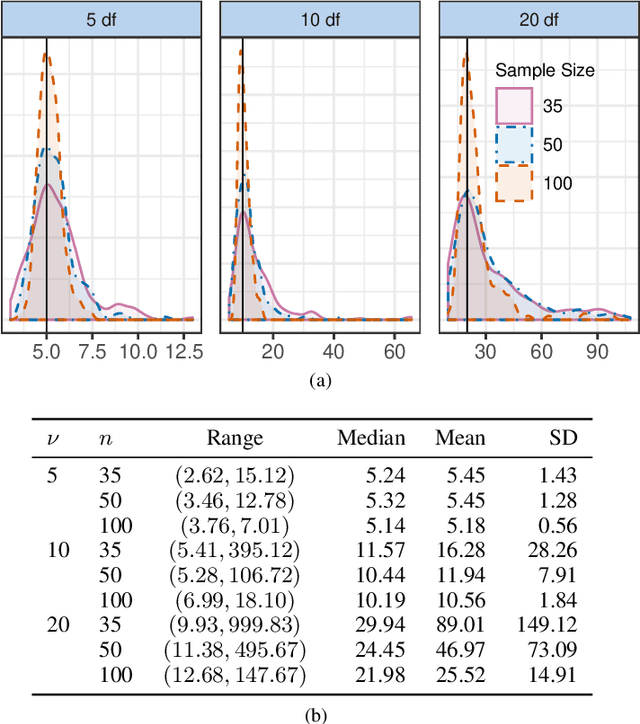
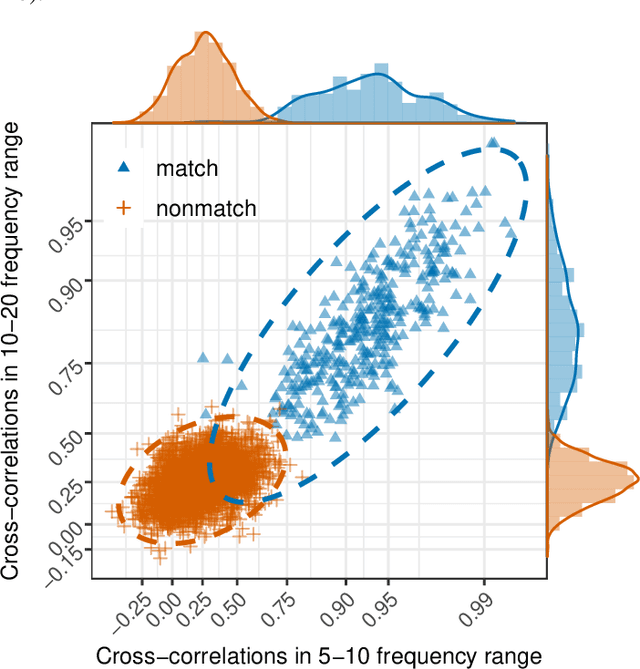
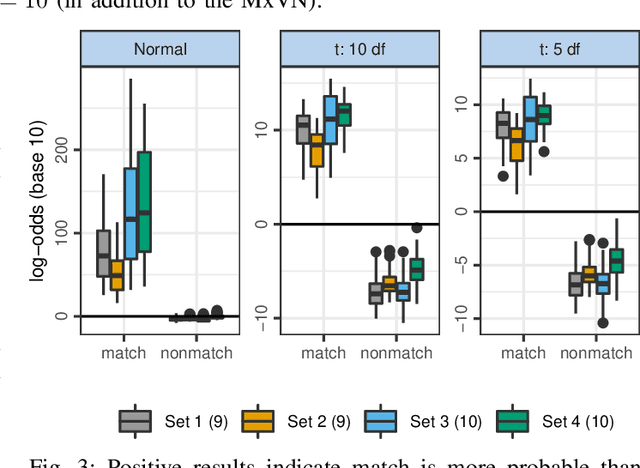
Abstract:Matrix-variate distributions can intuitively model the dependence structure of matrix-valued observations that arise in applications with multivariate time series, spatio-temporal or repeated measures. This paper develops an Expectation-Maximization algorithm for discriminant analysis and classification with matrix-variate $t$-distributions. The methodology shows promise on simulated datasets or when applied to the forensic matching of fractured surfaces or the classification of functional Magnetic Resonance, satellite or hand gestures images.
 Add to Chrome
Add to Chrome Add to Firefox
Add to Firefox Add to Edge
Add to Edge